Gingana Mountain & Rock Art
This beautiful point along the Gambaga Scarp looks out over the White Volta River and is the site of ancient rock carvings and paintings.
A Scenic View Point
Gingana is hands-down the most scenic view point along the Gambaga Scarp. From the top, you can seen the majestic White Volta River flowing down from the north and making a dramatic turn west as it approaches the cliffs. At sunset, the cliff face glows orange as the light hits the sandstone. Below the cliffs, lies acres of nearly untouched natural forest full of wildlife.



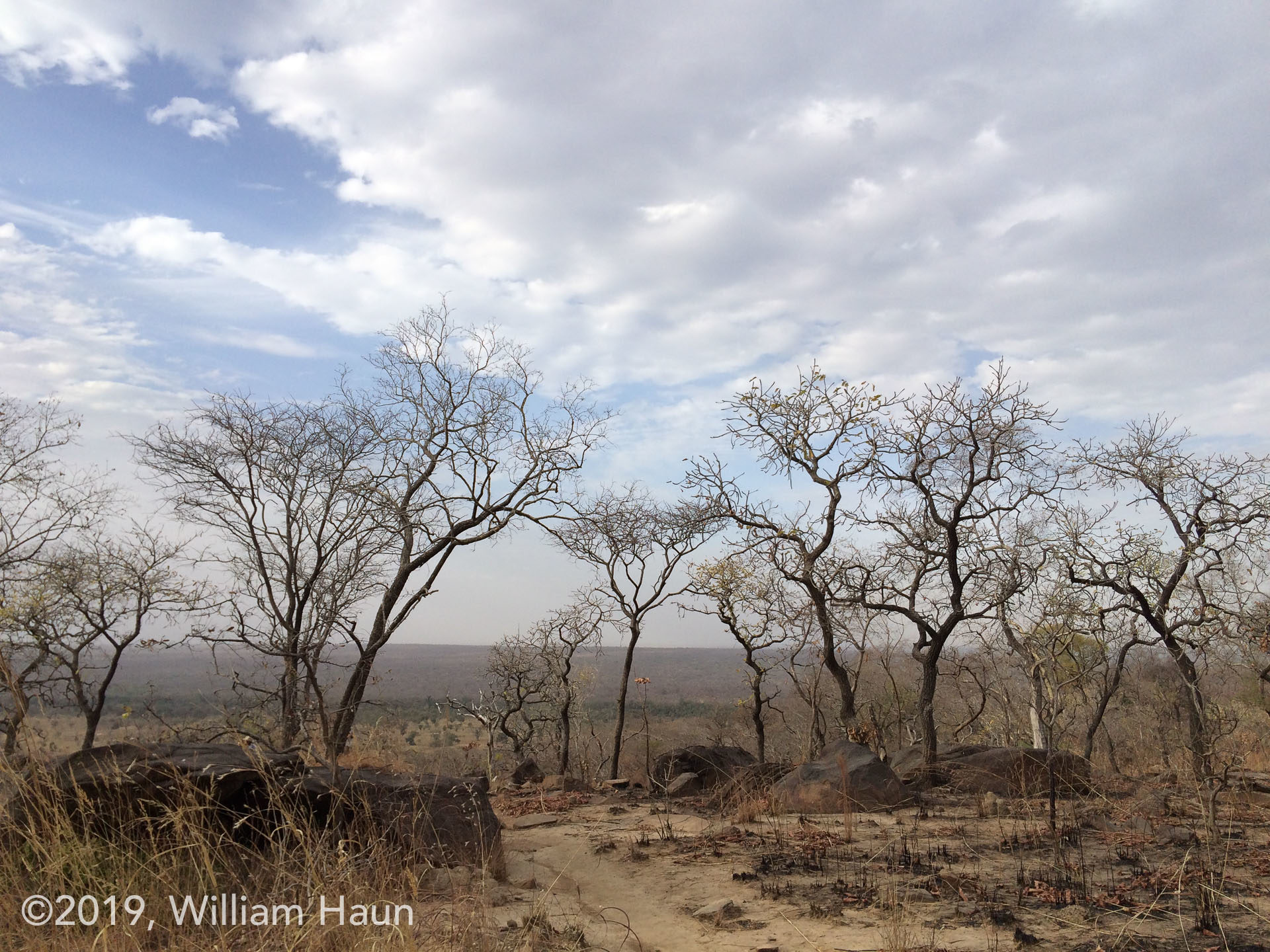
Hiking at Gingana
Gingana is a unique point in that it has a trail that allows hiking down the mountain to the forest and river below. While very strenuous, the adventurous hiker is reward with an amazing experience.
After enjoying the view from the top, you can hike down through a rocky crevice in the cliff side, then down through the forest (along a cool stream in the rainy season). It is about 2km to reach the banks of the White Volta.
Remember that you have to hike back up though! It is an elevation climb of 300 meters.
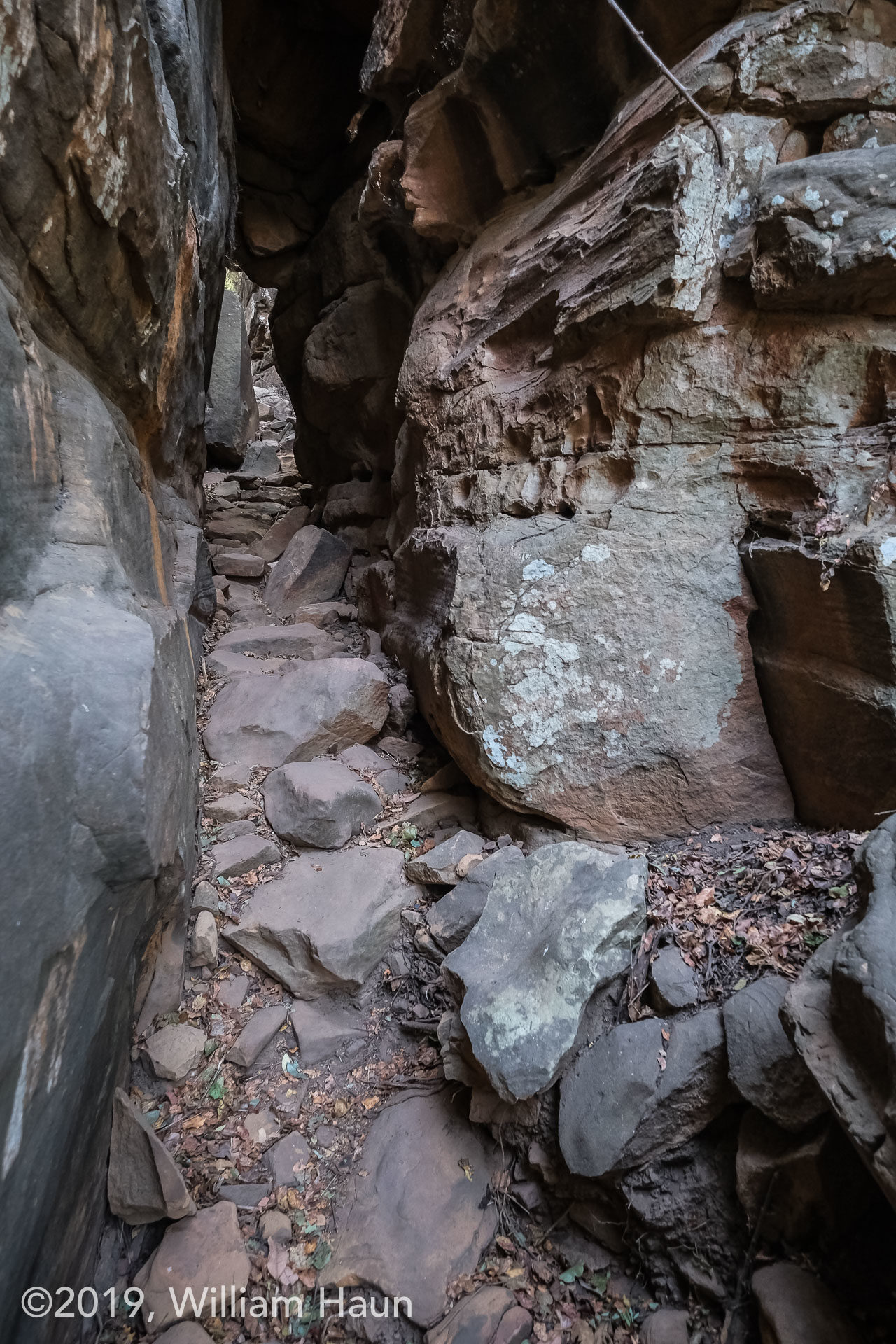
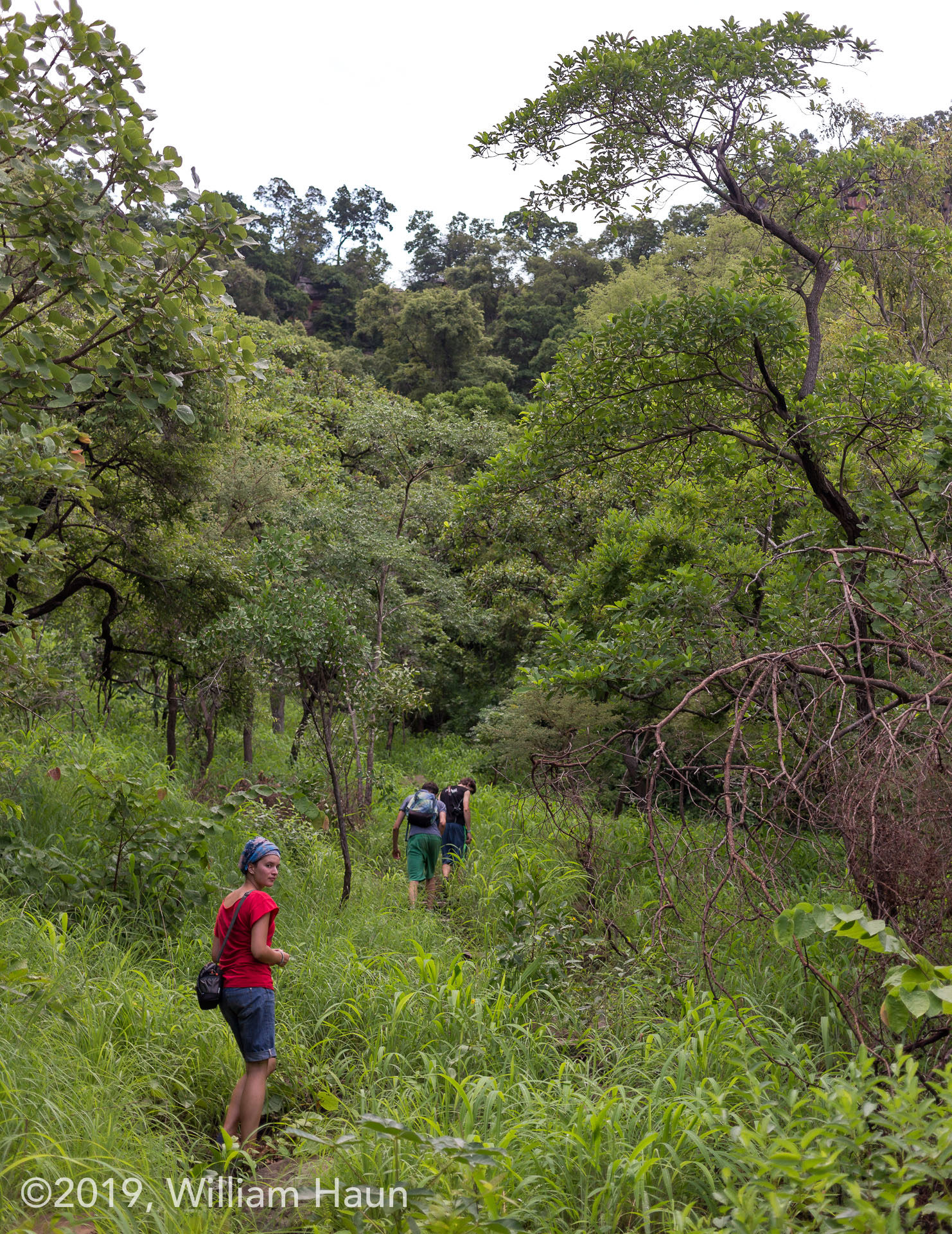

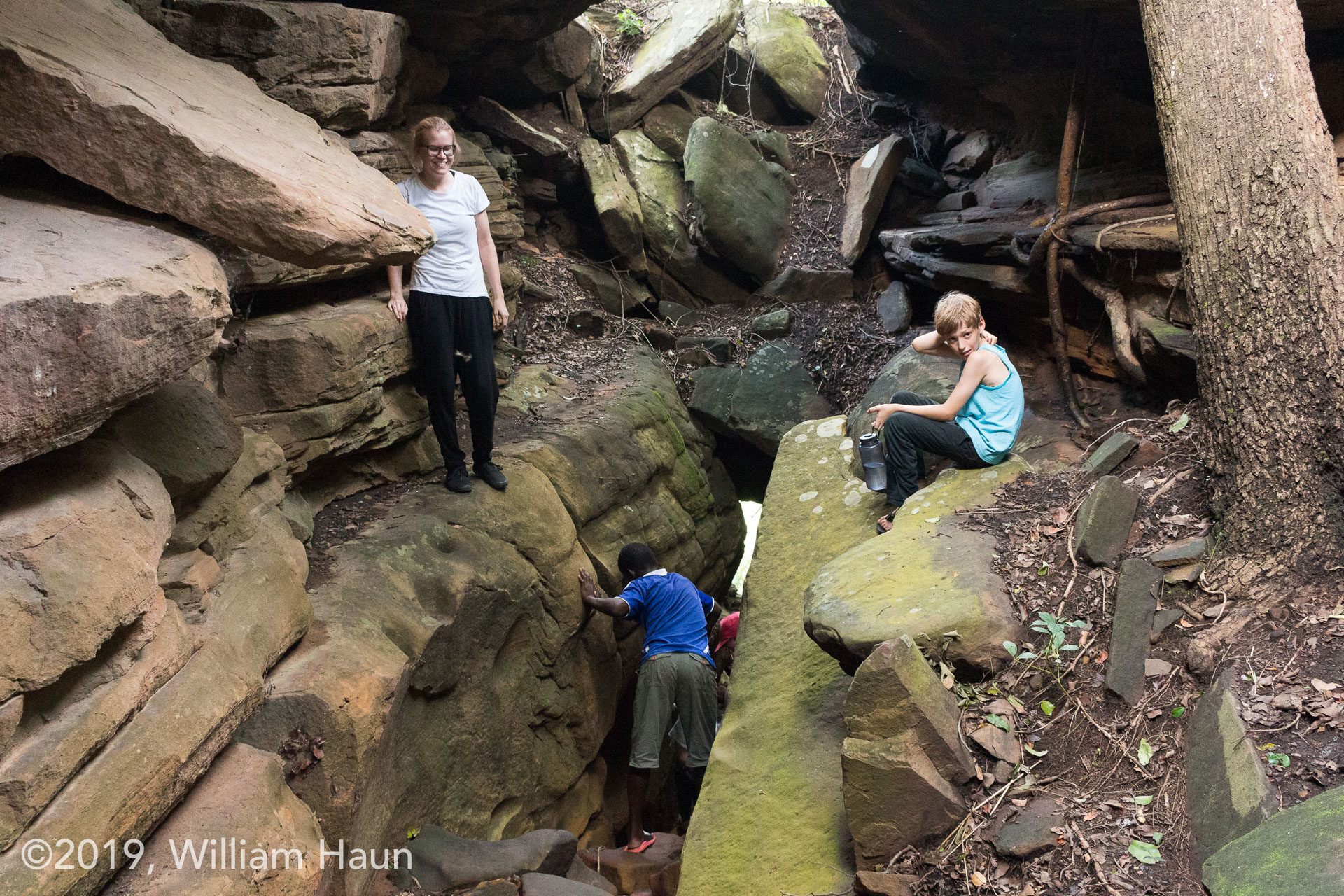

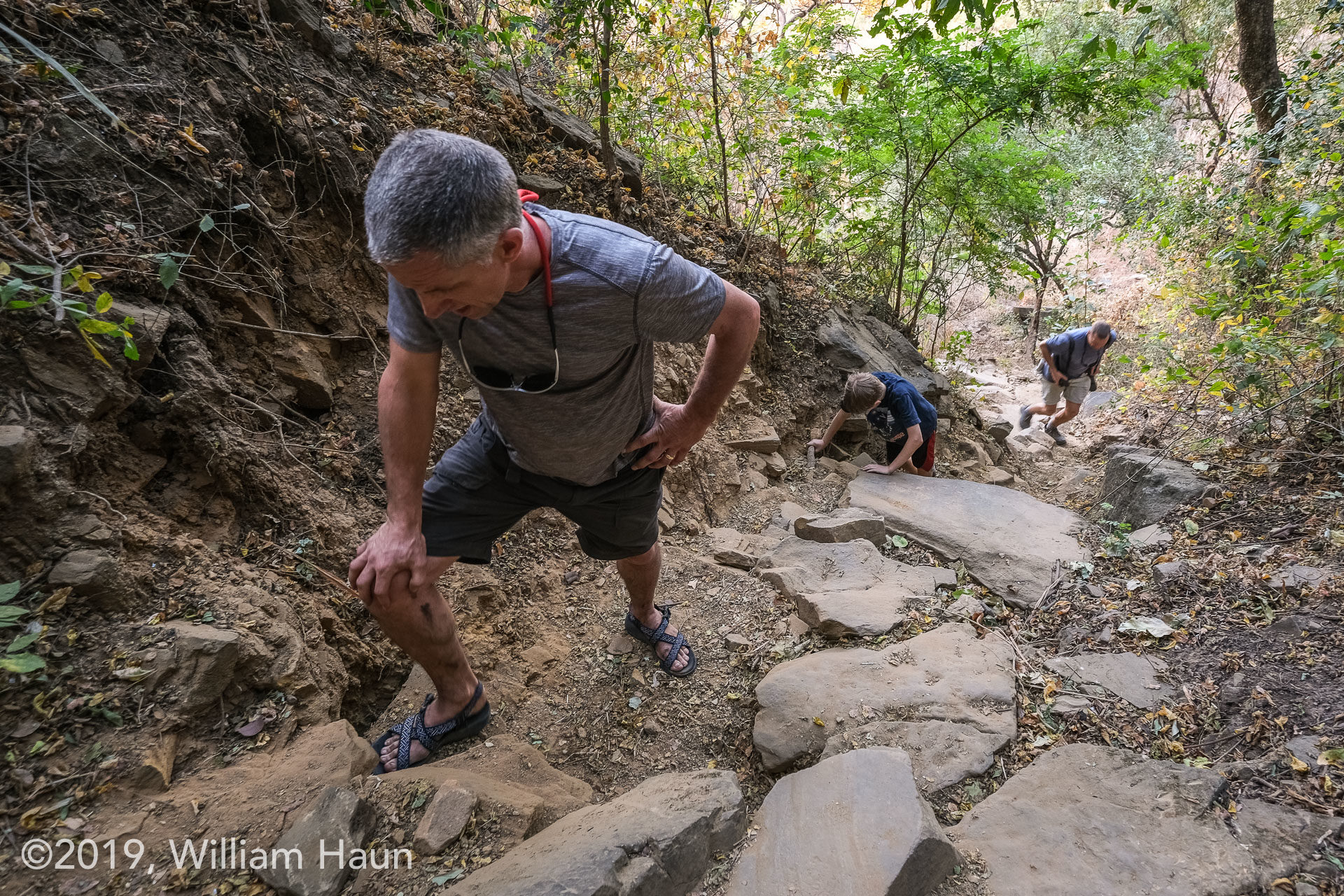
Bouldering at Gingana
Massive boulders and rock outcrops are scattered all along the Escarpment at Gingana Mountain. Once can spend hours climbing over and around these behemoths of nature.
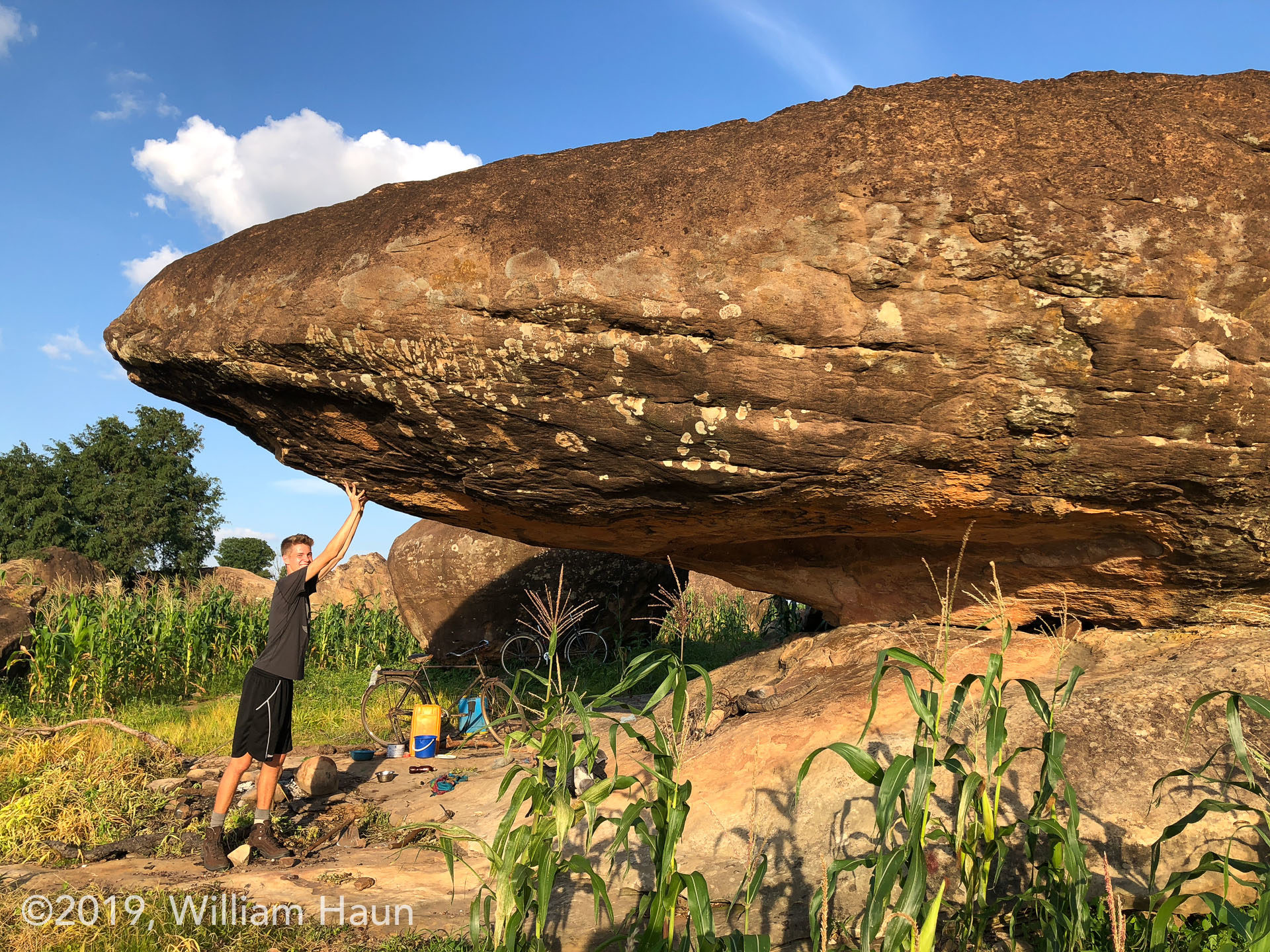

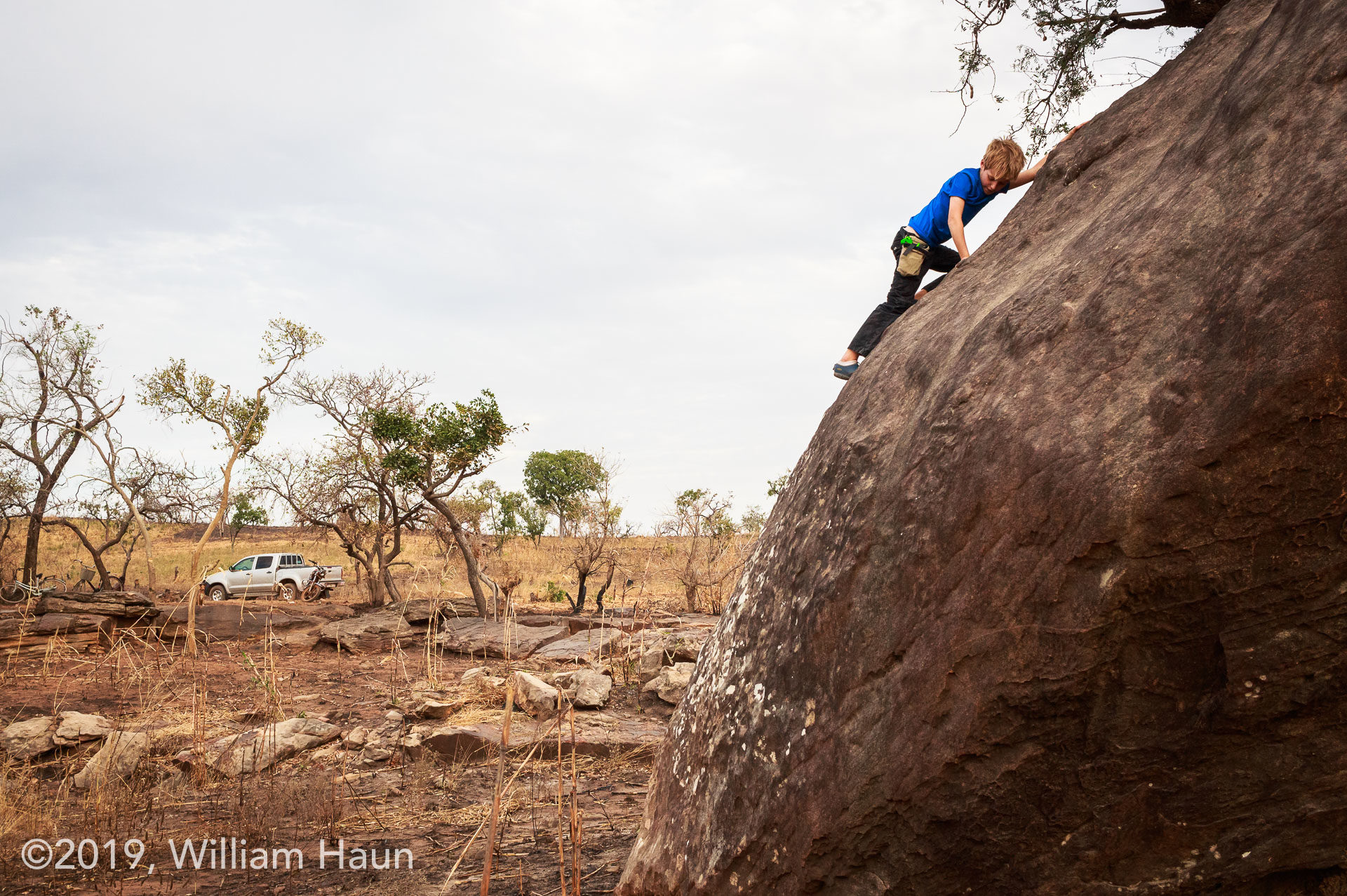
The Rock Paintings
First documented in 2004, by British archaeologist Dr. Timothy Insoll, these rock paintings are of simple shapes and lines and appear to have been made with red ochre. As with other rock paintings in the North East Region, their “canvas” is completely sheltered from wind, rain, and sun which has allowed them to be preserved for centuries.

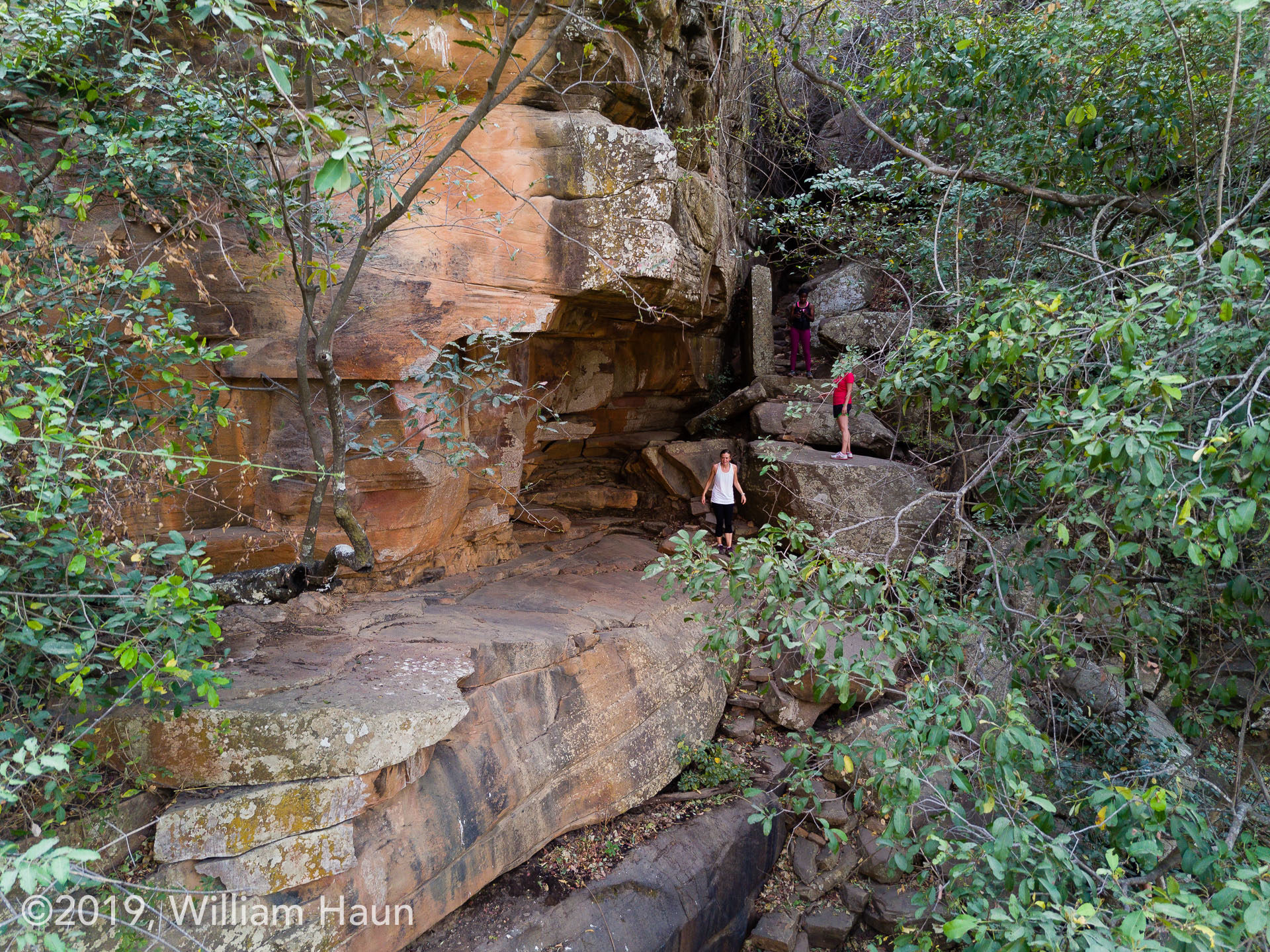



The Rock Carvings
The most recent discovery at Gingana along the Gambaga Scarp has been rock carvings atop a boulder near the cliff’s edge. The boulder is a massive and over 3 meters tall so the radiating circles carved atop cannot be see from ground level. An adventurous 12-year-old American boy discovered them while bouldering.
Since these were found in 2019, research has not yet been conducted as to their possible age and origins. At this point, no one knows if they are connected to the red ochre paintings or not. The find has been reported to the Ghana Monuments & Museums Board and they have plans for an official site survey in the near future.



Location
Gingana Mountain is about 13km northeast of Nalerigu. It can be accessed on foot, bike, or motorcycle via Zarantinga (the first village east of Nalerigu on the Sakogu road). If traveling in a truck, one needs to reach Namaasim (next village east after Zarantinga) and then turn back northwest.
Note that Google Maps incorrectly displays a road going to Gingana that goes down the escarpment to the White Volta. This is a steep, rocky path that can only be taken on foot. Not even a motorcycle or bicycle can follow it.



Leave a Comment